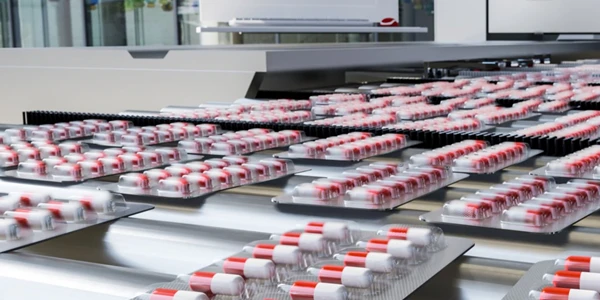Application Resources for HPLC and LC/MS Instrumentation and Products
Tools that shine a light on the right methods and applications for your new products
Gone are the days when you scratched your head after reviewing the specs of a new instrument and thought, “I wonder whether this instrument will really work in my research?” Although the marketing information seemed convincing, you weren’t sold — mainly because you’d been in the situation before. The product seemed good on paper but, in your hands, was not performing the way you had hoped. Before getting to that point or dragging a technical sales consultant into the picture, it would be good to see these products in use and perhaps glean methodological clues on the best practices.
A growing number of resources have emerged to help you see the light regarding new products and instrumentation and their successful implementation in your field of research and development. Here are a few examples of HPLC, LC-MS, and other resources that can help to inform your buying decision and maximize the value of your purchase.
The Hamilton HPLC Application Library
Hamilton hosts a range of application libraries categorized by the type of instrumentation and products. There are resources for liquid handling and filtration, as well as an expansive range of HPLC application notes across a range of areas and applications. These include Pharmaceutical, Environmental, Food and Beverage, Forensics, and more.
Within these focus areas are application notes with product-specific titles. For instance, “Oligonucleotide Purification by Reversed-Phase Ion Pairing Chromatography (PRP-C18)” falls within the application area “Pharmaceutical.” The same product line — PRP-C18 (polymer reverse phase C18) — is used in several additional application notes, including “THC Metabolites in Urine (PRP-C18)” under the “Forensics” heading. The column dimensions and run conditions differ accordingly, but the use of the product is successfully demonstrated in the context of different (and, in some cases, overlapping) research and testing areas.
This overall format seems particularly useful for those looking at a given application and the extended use of a product in other exploratory research areas.
The ThermoFisher AppsLab
Thermo takes another approach to structuring application resources. The AppsLab Library of Analytical Applications allows users to search and identify methods, workflows, and other useful content. This fully searchable online analytical method repository contains detailed method information, chromatographic data (chromatograms), and chemical compound information. The AppsLab resource serves the spectrum of instrument technologies from LC and LC-MS to GC, GC-MS, ICP, and others. The interface includes a simple search bar in which compounds, matrices, or instruments can be entered and resources queried.
A simple search of the term “THC” returned five results, including “Fast and easy separation of 23 drugs of abuse including high, stable resolution of isobaric opioids from human urine by UHPLC-MS/MS,” which employs the new Thermo Scientific Accuracore Biphenyl solid core column in concert with downstream the Horizon UHPLC and TSQ Quantiva MS/MS systems. This application note aligns with the growing area of biphenyl separations technology for important forensics testing. Furthermore, the data-rich methods and results in this and other application notes are likely useful for comparing actual data in the lab, allowing quick adjustments of conditions to produce the desired results.
Overall, the AppsLab library is a great platform for quickly bringing users to relevant methods and data based on simple search criteria — a helpful tool for on-the-fly assistance.
The Waters application note repository
Waters hosts an extensive library of application notes on their site, with over 2800 resources ranging from detecting toxins in food by immunoaffinity HPLC to migration methods to enable transfer from older instruments to new platforms. The resources can be parsed using a range of parameters, including instrument technique, separation mode, column type, matrix, product, and other criteria.
The impressive depth of knowledge and expertise provides guidance for products and methods, instrument validation information for regulatory submissions, and standardized testing guidelines such as USP. Areas including interlaboratory proficiency testing and method and instrument comparison testing are also accessible via the site.
This extensive database of resources is a great tool to look beyond instruments and products and deeper into the world of instrument and method validation for regulated use.
Summary
There are many other application resources out there to help users see products and instruments in action. These tools can help clarify whether a product will, in fact, work for a given application prior to the purchase. The resources can also be useful for on-the-fly adjustments of new product methods and workflows to help users get the most out of their new purchase.
Beyond this, online application resources such as these may serve to “scratch the itch” for investigators looking to explore new research territories or ignite a spark of inspiration for future research endeavors.










